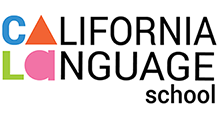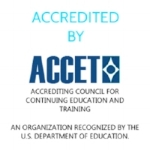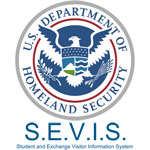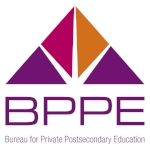Frequently Asked Questions &
Student Resources
Applying to California Language School is easy. We've provided a simple checklist to follow here.
Step 1 begins with contacting us here so we can begin answering your questions. You can also give us a phone call at (213) 387-0007. We are open Monday to Friday from 8 am to 5 pm.
You can find an easy school application or a transfer verification form to fill out here.
After your application is submitted, you will be asked to take a quick placement exam to assess your level so we can properly place you in the optimal course for your growth in the English language.
Yes we do!
We issue I-20s to international students who are seeking an F-1 visa.
We offer our 3 or 4-to-11 week programs, which you can continue to enroll in and advance (from Beginning to Advanced/TOEFL).
However, according to ACCET regulation, international students can study ESL/TOEFL for up to 3 years in duration in any language school.
Transferring to California Language School is easy and can be done very quickly. You can find your checklist of the easy steps to transfer to follow here.
You can view the official Contact us at 213-387-0007, by email at admission@californialanguageschool.edu, or here.
You can obtain the Transfer Verification Form and the list of the documents needed for you to transfer to California Language School at our Application & Transfer forms section on our website here.
Our typical class size is fifteen students. We don’t let the classes get too big, so that the teacher can focus on each student’s needs more.
Yes, everyone! More specifically, we have an Academic Advisor who aids and advises students with their academic goals, as well as a Manager and Director for the school who can assist as well.
Yes. We have our own campus lot dedicated for student parking.
You can purchase your parking permit at the following costs:
1 month: $40
2 months: $80
3 months: $90
We have 12 ESL programs that are three months long - they fall within the Beginning, Intermediate, and Advanced levels.
We also offer 4 TOEFL prep courses that are also three months long.
Lastly, we provide a 4-week intensive ESL course.
Morning Classes: 8:30 am to 12:30 pm
Monday through Thursday, Friday (8:30 am to 10:30 am)
Afternoon Classes: 1:00 pm to 5:00 pm
Monday through Thursday, Friday (10:40 am to 12:40 pm)
Upon enrollment, you will take a test assessing your level of listening, reading, and writing English.
Yes, if you enroll at our school for 3 months, you can pay a monthly tuition fee of $500, which most students choose to do.
This is cheaper than if you just enroll month to month - then the monthly tuition is $550...which is still very inexpensive!
Yes!
Our school is accredited by ACCET and has been for many years.
All students are required to attend 18 hours per week and maintain at least 80% cumulative attendance in all their courses from the start to the completion of their programs to be considered as "Satisfactory Attendance Progress" to prevent their training from being interrupted.
If you are arriving from the LAX airport and are in need of a ride to your US residence, there are many options available.
You can download the Uber or Lyft apps and call a ride, which is a cheaper and more convenient option, or you can call a taxi which will be more expensive but whose drivers have more experience.
If you would like to obtain a California Real ID or Driver License during your stay here, please go through the information below, and visit the government website to learn more!
Real ID
To apply for a REAL ID driver license or identification card, you must visit a DMV field office and provide:
Proof of identity, such as an original or certified copy of a U.S. birth certificate, U.S. passport, employment authorization, permanent resident card or unexpired foreign passport with valid U.S. visa and approved I-94 form. No photocopies will be accepted.
Proof of Social Security number, such as an SSN card, W-2 or paystub with full SSN. Original or certified copies are required. No photocopies will be accepted.
California residency document, such as a utility bill, rental agreement, mortgage or medical document. Photocopies accepted.
Driver License
- Wait 10 days after you enter the United States. You may want to apply for a driver's license right away, but be patient. The 10 day wait allows time for all the government databases to update with your arrival information. If you apply too early, your application will be delayed or denied. If you are a continuing student or scholar, please remember to wait 10 days from your most recent entry to the U.S.
- Make sure your record in SEVIS is up-to-date and in Active status. SEVIS is the database that contains information for all F and J nonimmigrants in the United States. Berkeley International Office manages the F and J SEVIS records for students and scholars with an I-20 or DS-2019 issued by UC Berkeley. Berkeley International Office must place your SEVIS record in Active status when you first report to the campus. For students, this is done by completing the Online Arrival Confirmation at the beginning of your semester and being officially registered with the University. For J-1 scholars, this is done at a Scholar Information Meeting (SIM). If your record is not Active when you apply for a Driver's License, the application may be delayed or denied. Note: This step is only required when you first arrive the the U.S. on your new I-20 or DS-2019. Wait 10 days from the time you complete the Online Arrival Confirmation or SIM before going to the DMV.
- Check your immigration documents. Check all your immigration documents to make sure your information is correct. This is data integrity. Data integrity is very important because if you have different information on different forms, it will cause delays. Specifically, check your electronic I-94 “Arrival/Departure" record for information. If the information on your electronic I-94 admission record is different than on your passport, visa or Form I-20 or DS-2019, please contact Berkeley International Office.
- Read. Practice. Review. The DMV has the latest California Driver Handbook, forms and instructions on how to apply for a Driver’s License. You will also find five sample exams(link is external). The practice exams will help you with the first step of receiving your driver’s license. Please note after you pass the written exam, you may need to take a Driving Test (link is external).
- Bring all your paperwork. When you go to the Department of Motor Vehicles (DMV) remember to bring all your paperwork. For California, the paperwork may include these documents:
- I-20 or Form DS-2019
- The electronic I-94 record you received with the passport admission stamp. Please access your electronic I-94 record and print it.
- Passport (with visa, if applicable). Please ensure your passport is on the Approved Foreign Passport(link is external) list with the DMV.
- Two documents showing your proof of residency (link is external) in California.
California DMV Website: https://www.dmv.ca.gov/portal/dmv
Student Resources
What is the difference between a Form I-20, a visa and student's status?
A student's Form I-20 is a document issued to accepted students by Student and Exchange Visitor Program (SEVP)-certified schools that indicates a student's primary purpose for coming to the United States.
A student visa is a travel document you receive from a U.S. consulate or embassy before entering the United States. A student's status is what a person must maintain after they are granted entrance into the United States.
What is SEVP certification and do schools need it?
Student and Exchange Visitor Program (SEVP) certification authorizes schools to issue Forms I-20, "Certificate of Eligibility for Nonimmigrant Student Status, " to prospective international students after admitting them for a course of study.
If certified, the school will gain access to the Student and Exchange Visitor Information System and may begin issuing Forms I-20. To maintain certification, the school must comply with SEVP policies as well as record keeping and reporting requirements stipulated in 8 CFR 214.3.
Schools only need SEVP certification if they wish to enroll F and M students, and SEVP is the only government entity that can certify a school to issue Forms I-20.
How does an international student know if a school is SEVP certified?
Use the School Search in Tools section of Study in the States to find Student and Exchange Visitor Program (SEVP)-certified schools and programs eligible to enroll F-1 and M-1 students.
Use the tool to search by school name, location, education or visa type.
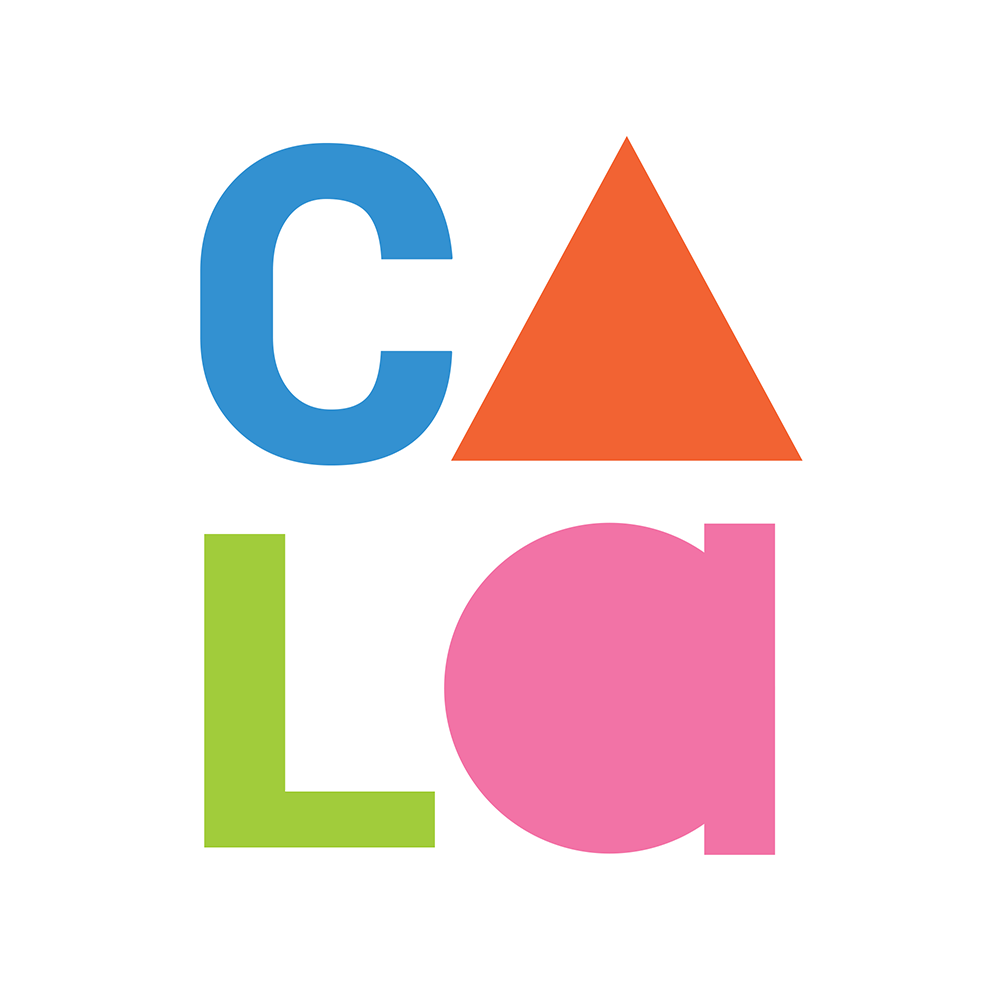
Ready to get started?
See the unique difference for foreign language students at California Language School.
Call us today at 213-387-0007 or send us a message here.
* Accredited by ACCET – A Partnership for Quality®. ACCET is listed by the U.S. Department of Education as a nationally recognized accrediting agency.
* BPPE LOGO DISCLAIMER: This institution is a private institution approved to operate by the California Bureau for Private Postsecondary Education. Approval to operate means the institution is compliant with the minimum standards contained in the California Private Postsecondary Education Act of 2009 (as amended) and Division 7.5 of Title 5 of the California Code of Regulations.
